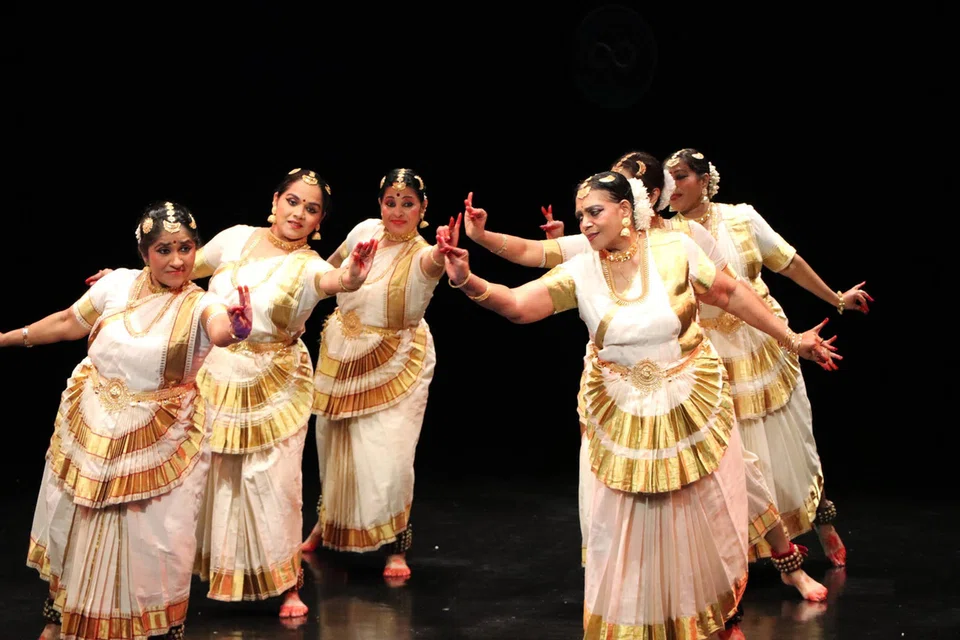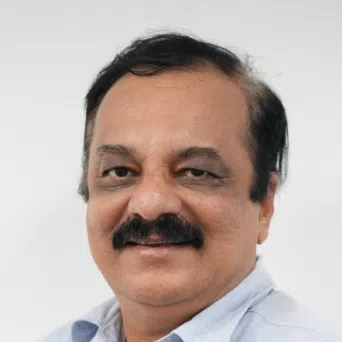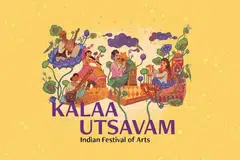On Nov 2, the Stamford Arts Centre glowed with the rhythm and grace of Mohiniyattam, Kerala’s classical dance of divine femininity.
The occasion was Lasya Panchami, marking the fifth anniversary of Medasvi School of Dance, and a triumph for its founder-director Haritha Haridas, who continues to keep the delicate art form alive in Singapore against the odds.
While the evening unfolded in effortless beauty – soft sopana music, swaying saris, and luminous smiles – behind the scenes was a story of tenacity.
In a city where corporate sponsorships and arts funding often gravitate toward mainstream productions, sustaining a niche Indian classical form like Mohiniyattam is no easy feat.
Haritha, who founded Medasvi in 2020 while balancing a full-time job and family, has faced repeated challenges securing performance venues and covering production costs. Yet her response has always been creativity over compromise.
“When resources are tight, the only thing we can multiply is our dedication,” she said after the show, surrounded by her students who had just spent months rehearsing between office hours and school classes.
Themed around Lasya – the gentle, feminine aspect of divine energy – Lasya Panchami showcased the grace and spiritual depth that define Mohiniyattam. Each dancer embodied the fluid movements that echo Kerala’s palm trees and ocean waves.
The event, hosted by Ammu Bhadra, was graced by Guest of Honour Swarna Varsha Gurumoorthy, renowned Bharatanatyam artiste and director of Swarna Kala Mandir.
Ms Swarna praised the improvement of the dancers since she last collaborated with Medasvi three years ago. “Haritha’s dedication shows in every detail – the choreography, the discipline, the expression. She inspires by doing, not demanding,” said Ms Swarna.
The repertoire opened with Ganesha Sthuthi, a serene invocation composed by acclaimed Indian dramatist, theatre director, composer, and poet Kavalam Narayana Panicker, performed in the traditional sopana sangeetham style.
It set the tone for the evening – devotional yet understated, spiritual yet precise.
The centerpiece Varnam, jointly choreographed by Haritha and her mentor Shyamala Surendran, explored the viraha (longing) of a heroine pining for Lord Krishna. The dancers’ subtle facial expressions – mukhabhinaya – conveyed layers of emotion that spoke louder than words.
Lyrical Padams, dynamic Nrtta sequences like Jeeva, and the moving finale Tatwamasi – Ayyappa Saptham completed the programme.
The last piece, celebrating harmony across faiths through Lord Ayyappa’s friendship with the Muslim chieftain Vavar, left the audience touched and inspired.
The grandeur of the show belied the financial hurdles behind it. Without institutional sponsorship, Medasvi’s dancers handled everything – from lighting and stage design to costumes and publicity.

Adult students – teachers, accountants, doctors – pitched in alongside teenagers, proving that love for the art outweighs monetary reward.
Renowned Kathakali artiste Kalamandalam Biju, who attended as a guest, called it “a triumph of sincerity”.
He added, “I saw beginners and advanced students giving their all. That spirit is what keeps classical art breathing outside India.”
Haritha acknowledges that while funding remains a struggle, community support has been her anchor. Collaborations with independent partners like Soul Art by Latchmi Ganapathy, Orchid Films, and Pravasi Express helped make the event possible.
“Sometimes a single act of kindness – a free rehearsal space, a discounted light rental – can carry an entire production,” she said.
Medasvi is one of the few dance academies in Singapore teaching both Mohiniyattam and Bharatanatyam. Its aim is not only artistic training but also cultural continuity – to nurture dancers who understand the soul of Indian classical arts even in a fast-paced cosmopolitan city.
As Medasvi marks five years, its founder’s biggest challenge remains sustainability. “The art form is fragile here,” Haritha admits. “Students come and go; sponsors want instant returns. But Mohiniyattam demands patience – it blooms slowly, like a jasmine flower. My role is to keep tending that garden.”
Despite limited resources, Medasvi has ambitious plans – new workshops, collaborative productions, and outreach programmes that bring classical dance to schools and community centres.
The academy’s next showcase, a Bharatanatyam recital on Nov 16, will continue its anniversary celebrations at the same venue.
For the dancers who fill Haritha’s studio each weekend, Mohiniyattam is more than performance – it’s meditation, memory, and identity.
And for Singapore’s Indian arts community, Medasvi stands as proof that even without large sponsors or glittering budgets, passion and perseverance can keep a centuries-old tradition gracefully alive.



